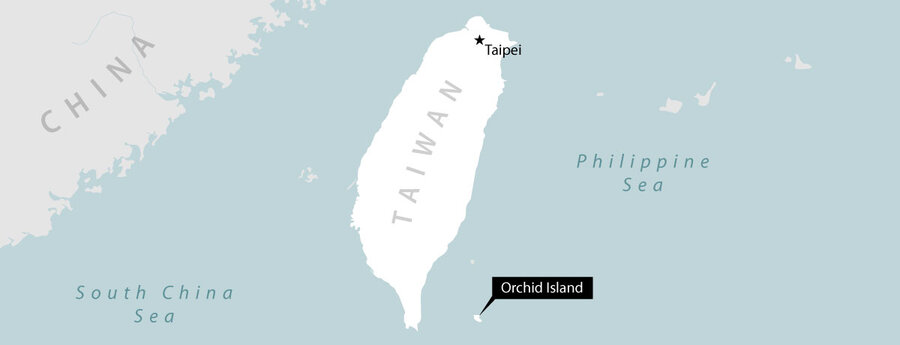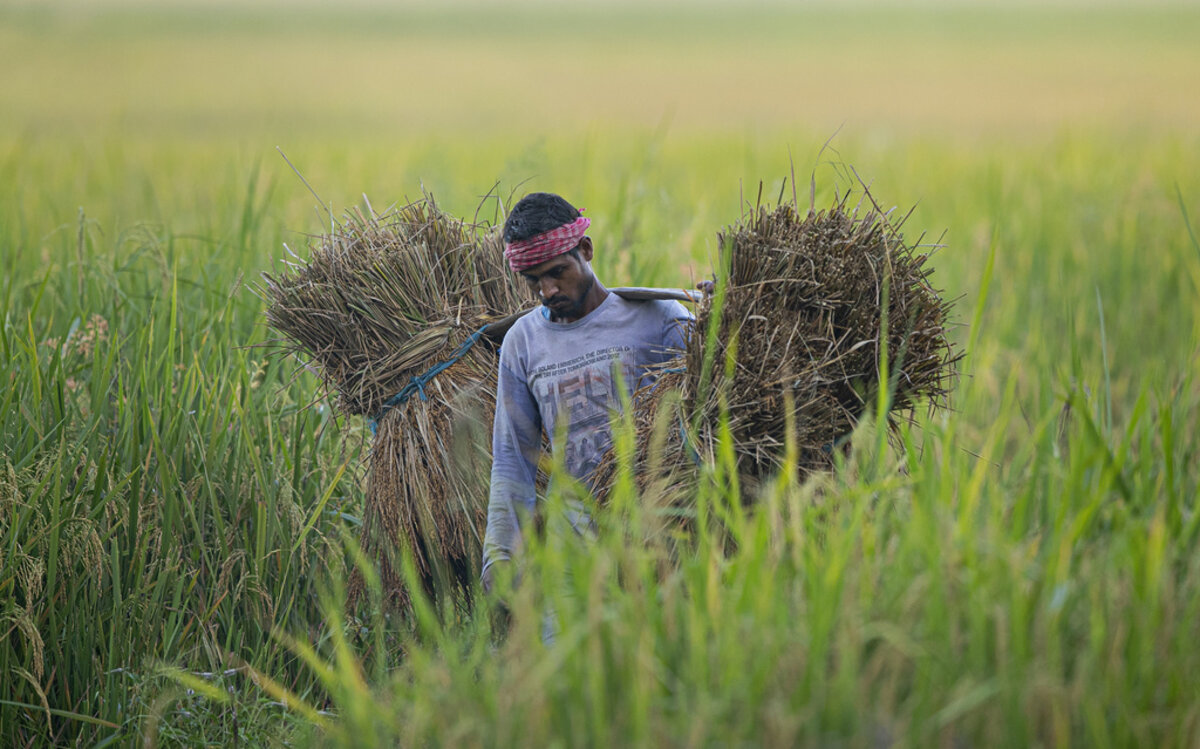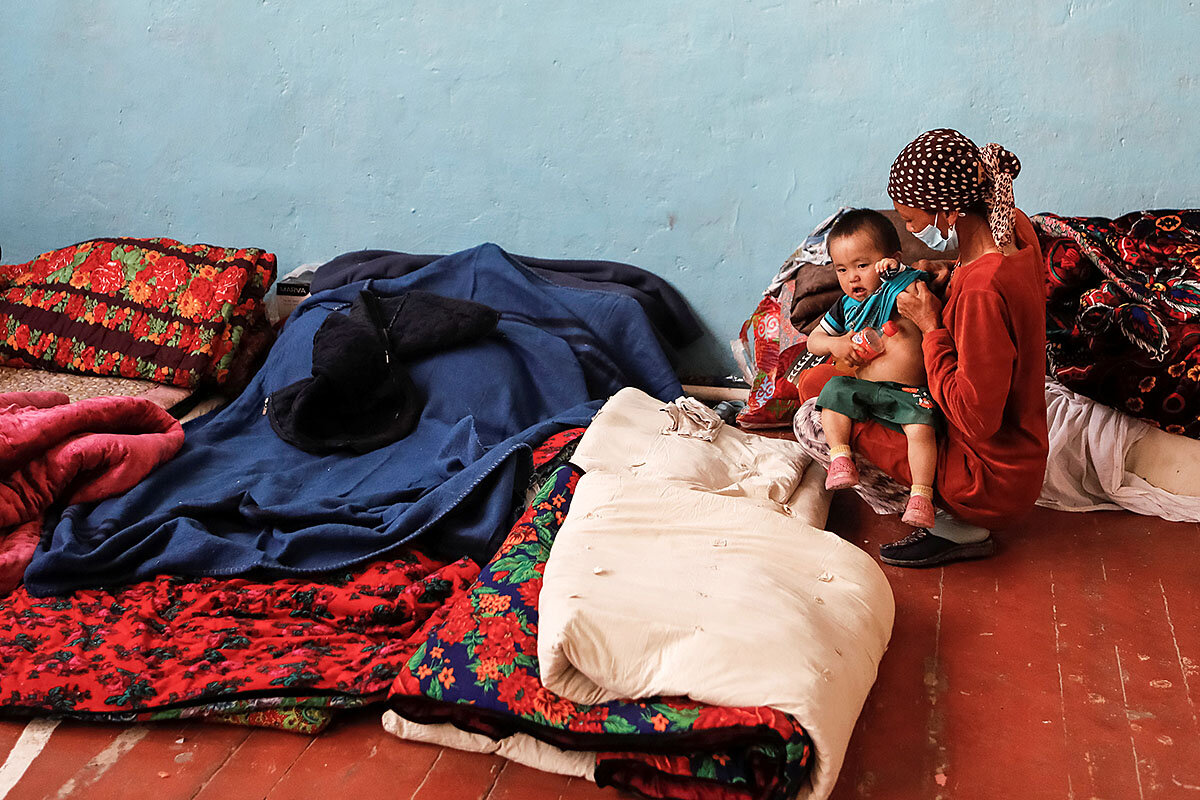Tomorrow the high court takes up a case that, for many, epitomizes the racial injustice bound up in sentencing rules left over from the war on drugs. Will its decision herald reform?
Monitor Daily Podcast
- Follow us:
- Apple Podcasts
- Spotify
- RSS Feed
- Download
 Clayton Collins
Clayton Collins
The National Football League’s draft is both a commodification of talent and a career gateway. Follow the safety protocols, guard those finances, and a player might carry family and friends into better lives.
This year’s draft wrapped up over the weekend and delivered, as always, some warm backstories about athletes already honoring the places from which they came.
Najee Harris, a standout running back at the University of Alabama, dropped in on a watch party at a homeless shelter in Richmond, California, before the first round – in which he’d go to the Pittsburgh Steelers – got underway. He brought food and gratitude. He and his parents and four siblings had lived at the shelter for a few years when he was growing up.
“There was a time I needed a helping hand,” he told Sports Illustrated. “They gave us an opportunity to get back on our feet. So it is my job to give back.”
Kwity Paye, a defensive end from the University of Michigan, was born in a refugee camp in Guinea to a Liberian mother who’d witnessed atrocities and escaped a refugee camp in Sierra Leone on foot – eventually making it to Rhode Island where she worked double shifts in nursing homes.
Mr. Paye got to play at a Catholic high school, approaching the game “with a monklike gravity,” as an ESPN profile put it. A first-round pick of the Indianapolis Colts, Mr. Paye has a goal beyond NFL success – to make it easier for other people who want to become U.S. citizens.
“Being able to become someone of status and then go back to my community, and ... uplift them?” he told ESPN. “That’s something I look forward to.”










